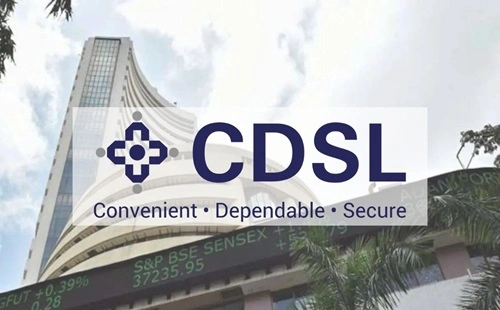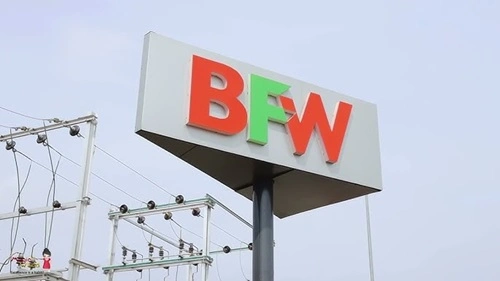Central Depository Services (India) Limited (CDSL), established in 1999, is one of India’s two primary securities depositories, the other being the National Securities Depository Limited (NSDL). CDSL facilitates the holding and transfer of securities in electronic form, playing a pivotal role in the Indian capital market’s infrastructure. Over the years, CDSL has developed a diversified revenue model that ensures financial stability and growth.
Primary Revenue Streams

-
Transaction Charges:
- This is a significant source of income for CDSL, accounting for approximately 35% of its total revenue as of FY 2021. Depository Participants (DPs) pay CDSL a fixed fee for every transaction executed by investors. These charges are collected from traders and investors by the DPs and subsequently remitted to CDSL. In FY 2021, CDSL earned ₹11,910.99 lakhs from transaction charges.
-
Annual Issuer Charges:
- Companies listed on stock exchanges are required to pay annual fees to depositories like CDSL, as mandated by the Securities and Exchange Board of India (SEBI). This provides a recurring revenue stream, contributing around 25% to CDSL’s total revenue. In FY 2021, CDSL collected ₹8,611.89 lakhs from annual issuer charges.
-
Online Data Charges:
- CDSL offers various online data services, including Know Your Customer (KYC) record maintenance. The primary charge in this segment is a one-time fee for KYC creation, along with additional fees for data retrieval services. This segment contributed about 16% to CDSL’s revenue in FY 2021, amounting to ₹5,616.77 lakhs.
-
IPO and Corporate Action Charges:
- When companies undertake Initial Public Offerings (IPOs) or other corporate actions, they pay fees to depositories for services like crediting securities to investors’ demat accounts. In FY 2021, CDSL earned ₹3,285.55 lakhs from these activities.
-
Other Services:
- CDSL also generates revenue from services such as e-voting, electronic CAS (Consolidated Account Statements), and document storage. While these services contribute a smaller portion to the overall revenue, they enhance CDSL’s comprehensive service offerings.
Financial Performance
CDSL has demonstrated robust financial growth in recent years. In the quarter ending September 2024, the company reported consolidated net sales of ₹322.26 crore, marking a 55.45% year-over-year increase.
This growth is indicative of the increasing participation in the Indian capital markets and CDSL’s expanding role within it.
Factors Driving Revenue Growth
-
Rising Retail Participation:
- The Indian stock market has witnessed a surge in retail investors, leading to a significant increase in the number of demat accounts. As of March 2022, CDSL held assets worth ₹37.2 trillion, with over 580 depository participants associated with it.
This growing investor base directly contributes to higher transaction volumes and associated revenues.
- The Indian stock market has witnessed a surge in retail investors, leading to a significant increase in the number of demat accounts. As of March 2022, CDSL held assets worth ₹37.2 trillion, with over 580 depository participants associated with it.
-
Diversified Revenue Streams:
- CDSL’s varied income sources, including transaction charges, annual issuer fees, and online data services, provide financial resilience. This diversification ensures that the company is not overly reliant on any single revenue stream, mitigating risks associated with market volatility.
-
Asset-Light Business Model:
- Operating with an asset-light model, CDSL incurs minimal fixed costs, leading to high operating leverage. This structure allows the company to maintain impressive operating margins, with any increase in revenue significantly boosting net profits and return on equity.
Challenges and Considerations
While CDSL’s business model is robust, it faces certain challenges:
- Market Dependency:
- A portion of CDSL’s revenue, particularly from transaction and IPO charges, is linked to market activity levels. During periods of market downturns, these revenue streams may experience volatility.
- Regulatory Environment:
- SEBI regulates certain service charges, such as annual issuer fees, limiting CDSL’s pricing flexibility. Additionally, segments like e-KYC are subject to changes in government policies, which can impact operations.
Conclusion
CDSL’s comprehensive and diversified business model has positioned it as a cornerstone of India’s financial infrastructure. By leveraging multiple revenue streams and capitalizing on the increasing digitization of financial services, CDSL continues to play a crucial role in the growth and stability of the Indian capital markets.

